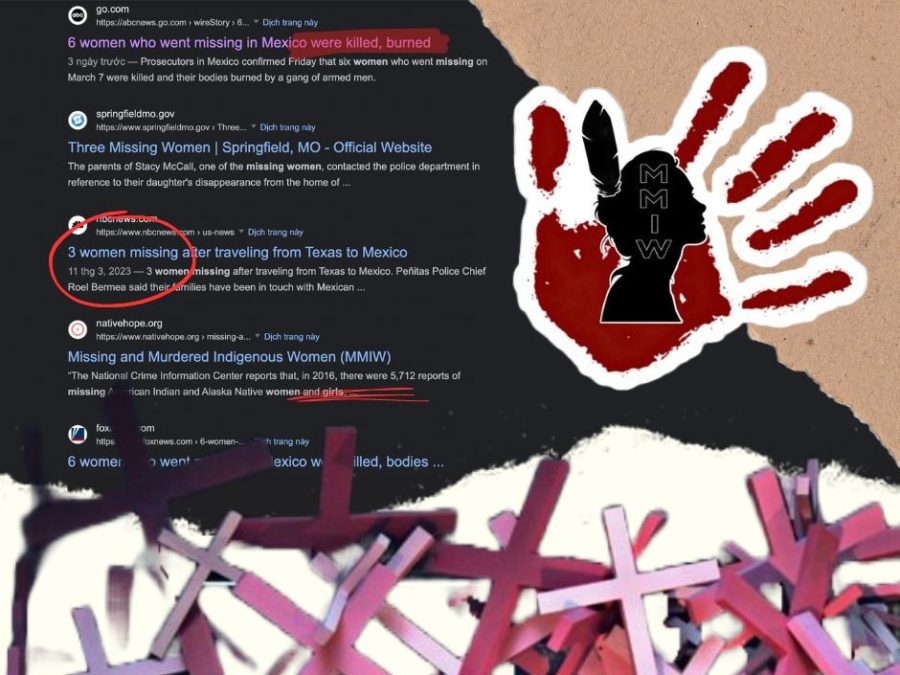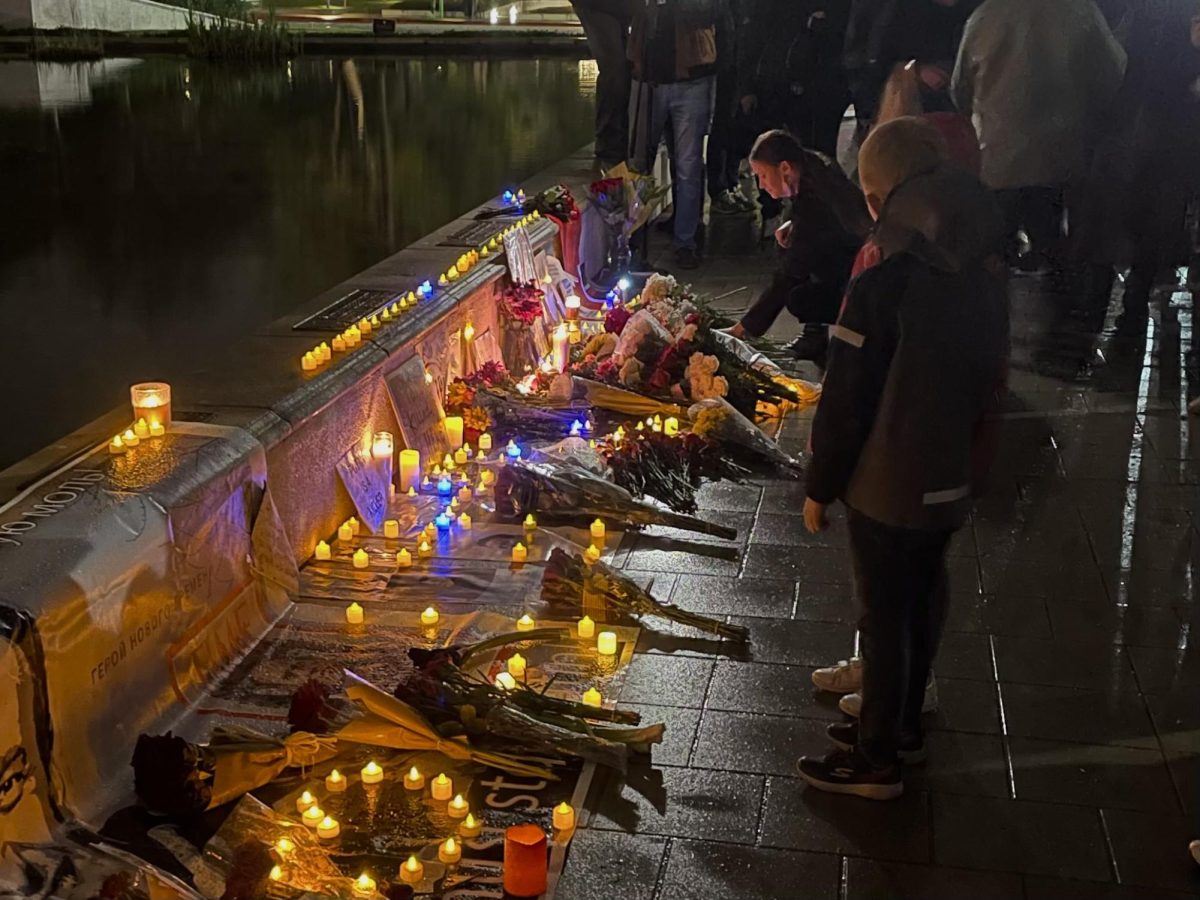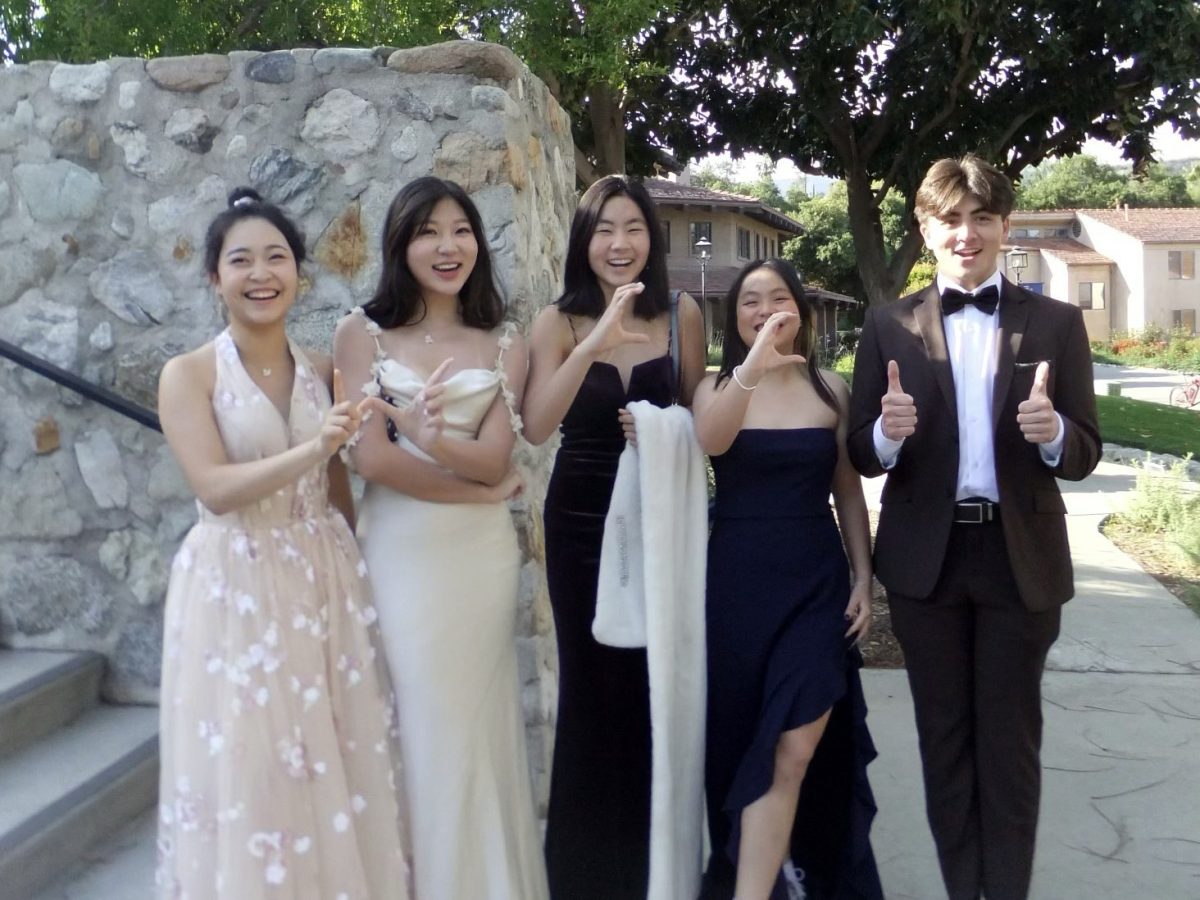As you scroll down the newspaper, you reach the end –– an article series of girls with their eyes blurred next to a censored crime scene. They look like clickbait, but they are not. Each title is formatted the same: “a seventeen-year-old girl missing last Sunday was found dead this morning,” and followed by the status of the case, which is usually “unsolved.”
But behind each of these articles is a woman’s life. Thousands of results pop up when you type “femicide” in the search bar, yet only a few of them make it to the footer of the newspaper. Perhaps there are too many cases of femicide that if every one of them is reported, “femicide” could become a newspaper section. It begs the question: where do ethics lie within media coverage of femicide?
First off, let us restate the definition of femicide for the sake of awareness: it is the genocide and homicide of females that were motivated by gender. Simply put, women are murdered because they are women. Why blame anything other than the gender-segregated mindset that sprouted from systematic sexism throughout mankind’s history?
The killing of women does not stop at the murders committed by twisted serial killers like Ted Bundy or Jack the Ripper. They are systemic. Women are “punished” by having their lives being taken away, for not obeying by the gender stereotypes and expectations that was created to make men supreme. This type of femicide is called honor killing, Though this number is underestimated, annually, there are around five thousand “honor” murders — except there is no honor. In a hierarchy rooted in misogyny, numerous gender-based violence cases, including femicide, are committed not only by religious leaders but also authorities, police, and even family members –– uncles, father, and husbands.
“Especially during the 19th century, women didn’t really have a good way to talk about what was happening to them inside the marriages when they were experiencing abuse,” said Dr. Susanna Linsley, Director of Experiential Learning, who teaches the Advanced Studies Global Gender Studies course. “And especially when marriage was seen as a contract — when women were seen as men’s property — women did not have any legal ground to advocate for safety in their marriages.”
The media fails to emphasize the significance of femicide. While femicide has many layers to unfold and carefully analyze, the media decides to take on another approach — “discriminatory covering.” Discriminatory media coverage obscures the misogynistic root cause of femicide. The misleading narrative in some newspapers or media pages accidentally (or intentionally) blames the victim for the lives that had been taken in these incidents, triggering a wave of toxic comments. This tsunami of hate comments reveals the inhumane and indifferent sides of our society towards the lives of women, who should be able to see the justice that they deserved.
“There are a lot of situations where there are automatically some assumptions of what the victims were doing and where the victim was.” said Anthony Flucker, Fine Arts Department faculty. “Those kinds of things come up in the story instead of us allowing the victim to be exactly as the victim. It seems like we, as a society, continuously trying to find out what made you get into this situation, discount the victim’s trauma and issue that happened.”
The toxic coverage of femicide misleads the focus away from the root problem. Instead, these articles draw attention to the victim’s choice of clothing, lifestyle, and jobs instead of the intersections of race and unequal distribution of power between different social classes. They perpetuate harmful stereotypes that diminish the victims, referring to them as sex workers who were involved in gang violence. Femicides that happen domestically are determined to be crimes of passion or out of anger or jealousy.
The missing and murdered indigenous women in Canada are an example of racially motivated femicide that was recognized in 2016 and properly covered in 2020. What is taking so long for these atrocities to be published?
“The criminal justice system has some tropes and some obvious stereotypes about crimes that happen against women that have been consolidated in society’s mind by the media,.” Mr. Flucker said. “The thought process of the love-torn damsel and distress who ends up putting herself into this situation that just isn’t smart when she knows she should not have, or the thought process of potentially looking at women as these fragile objects that should know better than to be in places and spaces that hurt, or options of danger.”
Femicide still exists because it is locked in a bubble of fear –– the fear authorities face when standing at the margins of revealing a misogynistic justice system.
We continue to ask ourselves what the truth is behind these numerous unreported cases of young girls going missing, yet the authorities fail to fulfill their moral duties. They indirectly (or directly) take away a woman’s rights to life and the media stands as the bystander to these unjust murders of women.
With the power of media and news reporting, discriminatory coverage of femicide creates room for impunity by diverting the spotlight from the root cause, from the questioning of a corrupt system. Hence, the post-feminism world can only hopelessly count on the reconstruction of the existing law by the authorities to hopefully bring justice to these femicide cases.
Indeed, a bystander.







![Student loan borrowers rally near the White House for Joe Biden to cancel all student loans. Biden, pictured left, is troubled with diminishing popularity with youth as he fails to forgive all students loans as he had promised. “[Biden] kind of fumbled things even though he tried with student loan forgiveness,” said Cory Warren, humanities department faculty. “That was [the] number one campaign promise to get the youth vote.” Whether it is student loans, age, or foreign policy, what, ultimately, drives away the youth vote for Biden?](https://webbcanyonchronicle.com/wp-content/uploads/2024/03/Duan-biden-popularity-1200x675.jpeg)








